Despite the unfortunate tragedy that befell the Titan submersible which doomed all its passengers when it reportedly imploded, our spirit for adventure is not deterred. A large portion of the world’s oceans remain unexplored and it’s exactly what draws people to journey into the depths. If Deep’s Sentinel project eventually passes all necessary certifications, scientists could soon live underwater.
For now, the team envisions this modular structure as a hub for researchers. Depending on how well it performs, the Sentinel could allow experts to conduct experiments and perform close-up observations of their marine environment. Deep’s proposed system could become the counterpart of the International Space Station.
The ocean technology and exploration group plans to build the prototype of the Sentinel somewhere on the Southwest coast of the United Kingdom. Construction will take place at a depth of approximately 656 feet. Once completed, submersibles will be the main mode of transport.
Given its location in the Epipelagic Zone, sunlight can still reach the habitat, while temperatures outside remain relatively warm due to several natural factors. This makes it an ideal spot for trials before they attempt to go even deeper in the future.
Moreover, as stated by Deep’s press release, “The lower limit of the Epipelagic Zone is the deepest point at which sunlight penetrates into the ocean and it’s estimated that 90% of marine life is found in this zone.”
The Sentinel can be reconfigured without the need to resurface, which is another one of its unique features. En-suite cabins are assigned to each crew member and come with large viewports. Aside from accommodations, the volumes can hold laboratories, dining spaces, and more.
Learn More
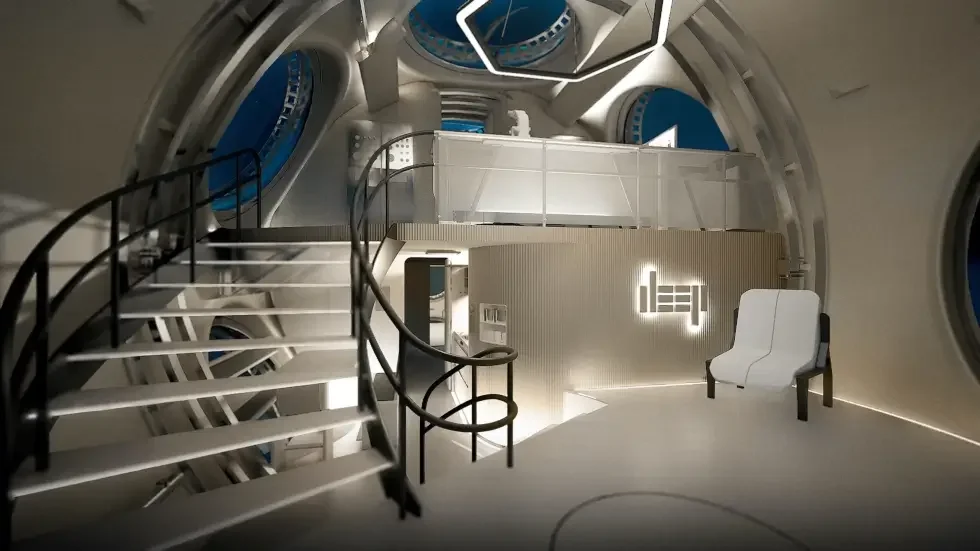
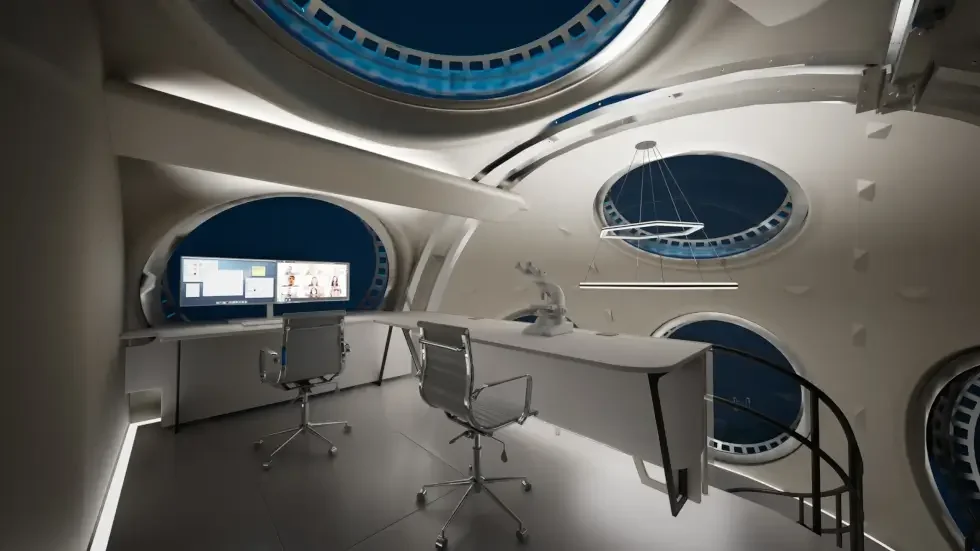
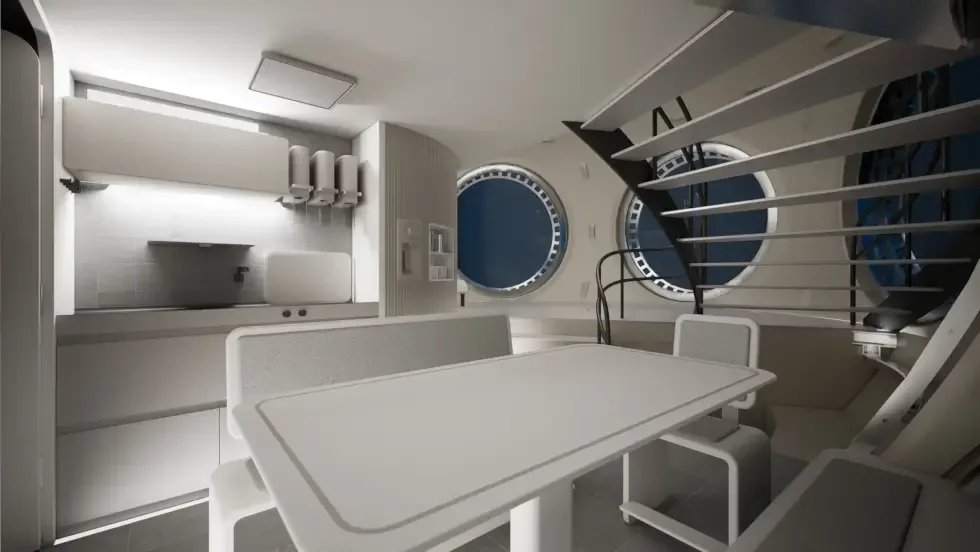
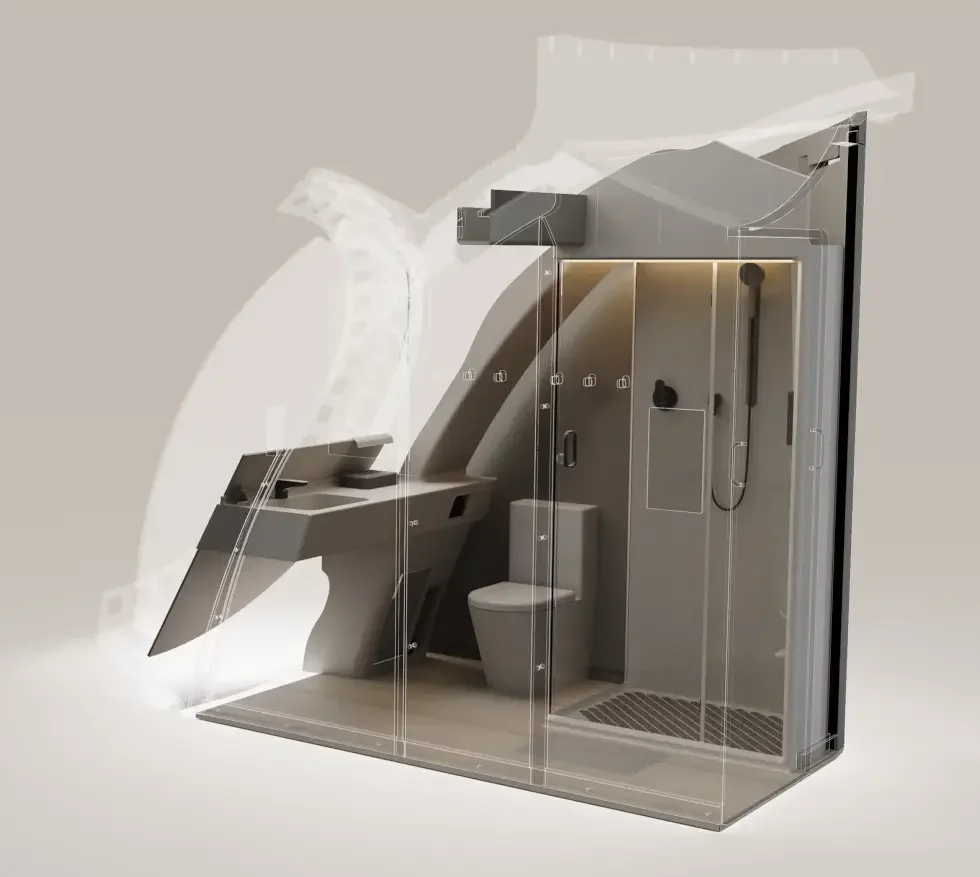
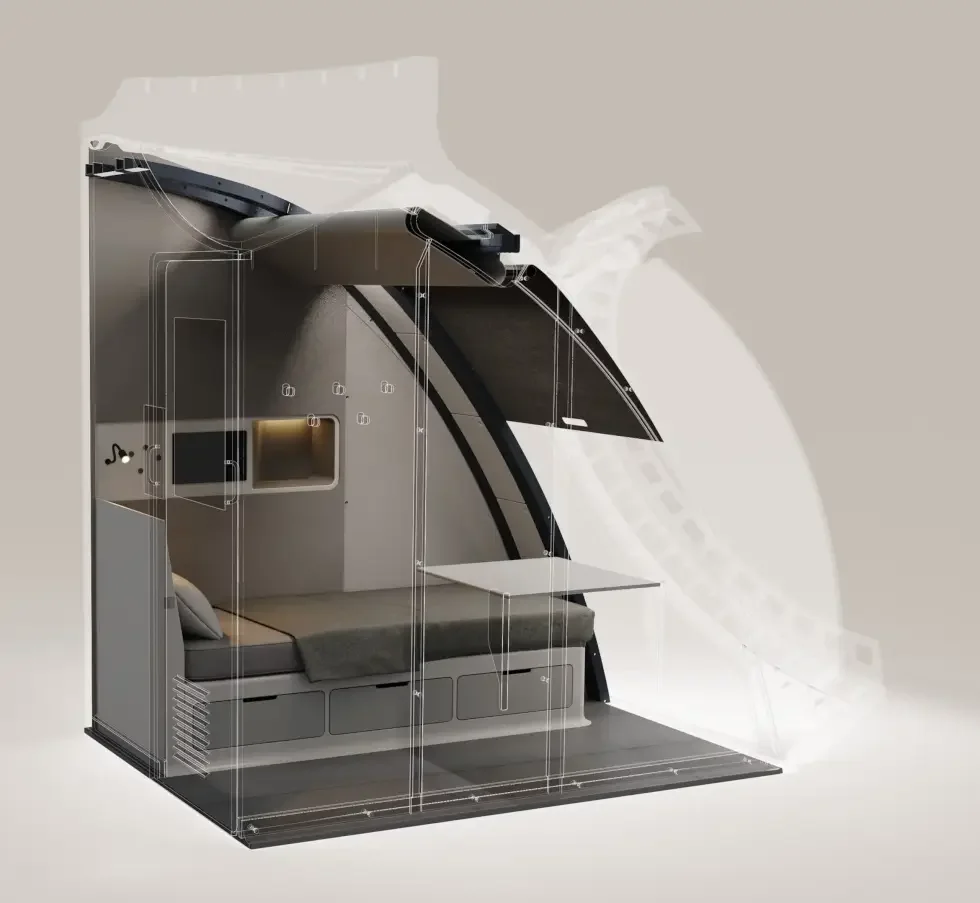

Images courtesy of Deep







